Clay tobacco pipes, repaired
1819–48
These tobacco pipes have been repaired with resin and twine where their fragile stems broke, suggesting that their owners couldn’t afford to buy new pipes to replace them. There were 1,500 fragments of or complete convict-era clay tobacco pipes –known as steamers to the convicts – recovered by archaeologists from underfloor and underground areas of the Hyde Park Barracks. The small size and shape of the bowls of these pipes was typical of those made in the early 19th century, when convicts lived at the Barracks. They were found among other convict-era objects, which further confirms their use by convicts.
Many convicts enjoyed smoking as a welcome relief from the brutality and drudgery of convict life. Tobacco, which convicts called weed, was not part of their rations but was an important black market commodity that they could buy with the few coins they earned by working on Saturday afternoons, by gambling, or by selling stolen goods. Pipes were also available to buy at the pubs and markets, but not all convicts had coins to spare, so it’s not surprising that the convict owners of these pipes valued them enough to repair them.
Related artefacts
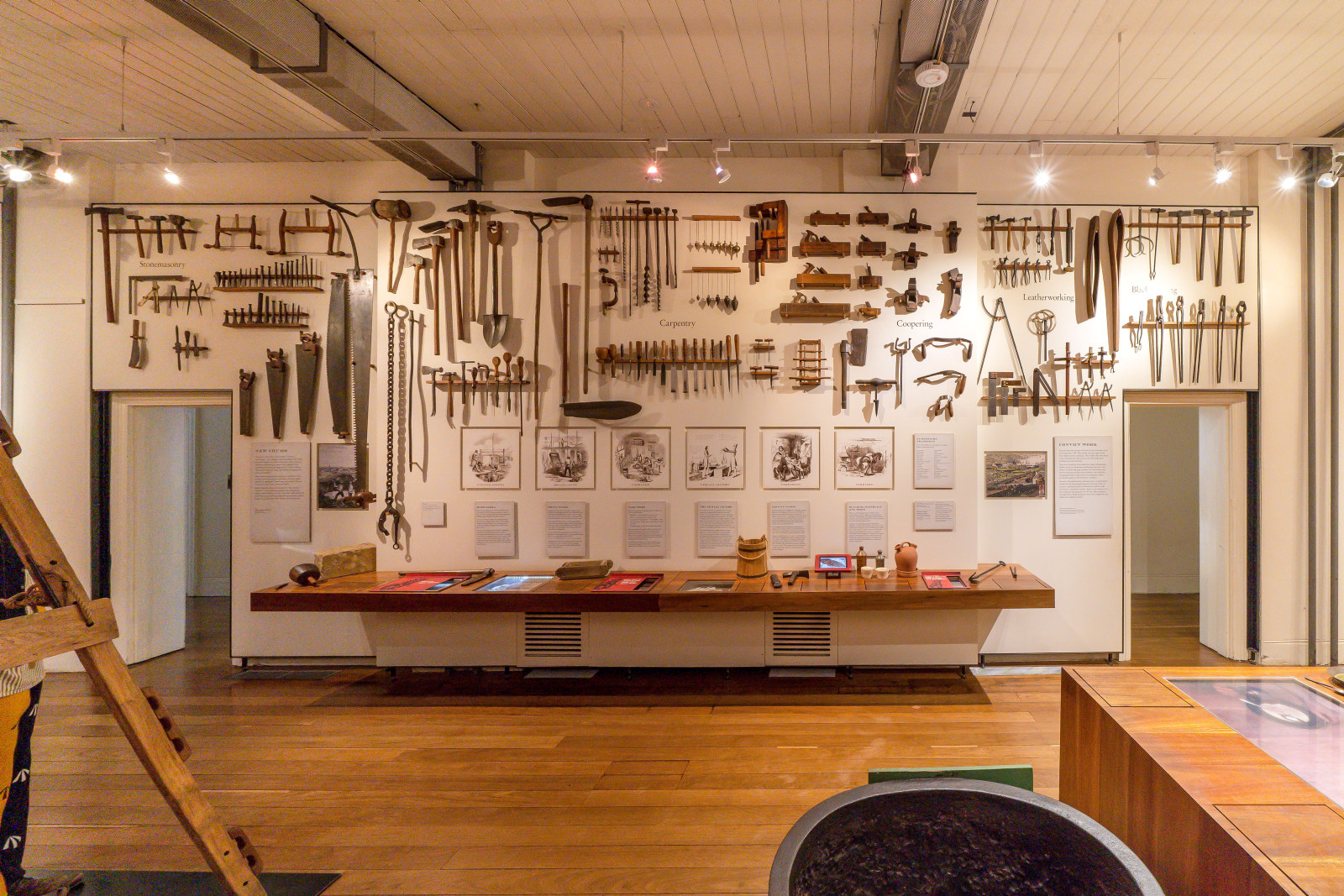
Convict Sydney
Objects
These convict-era objects and archaeological artefacts found at the Hyde Park Barracks and The Mint (Rum Hospital) are among the rarest and most personal artefacts to have survived from Australia’s early convict period
Published on
Convict Sydney
Browse all
Convict Sydney
Bible and prayer book
The name written inside the covers, with the year 1837, tells us these books once belonged to an English brass founder named Thomas Bagnall
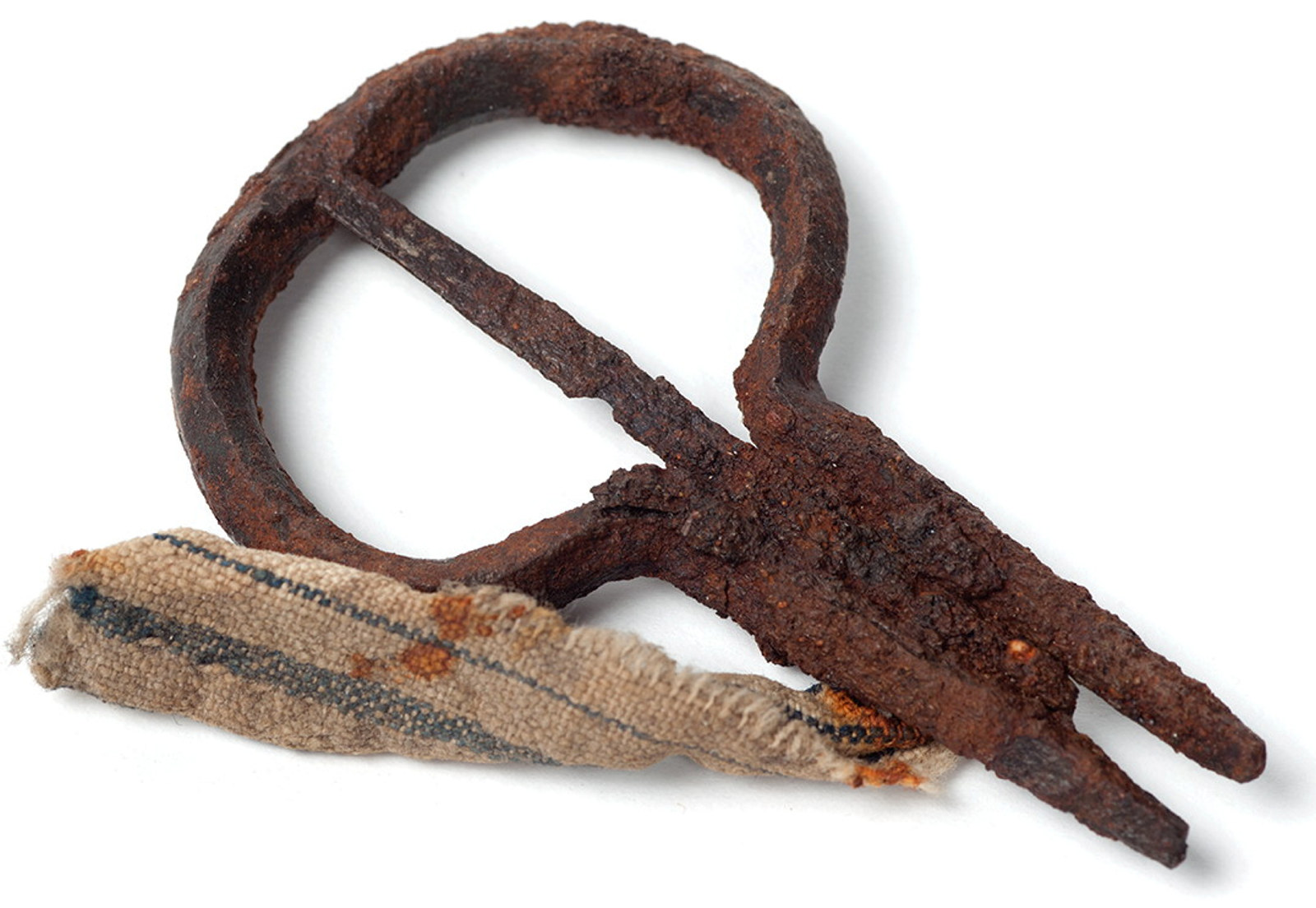
Convict Sydney
Jaw harp
This iron jaw harp was found by archaeologists at Hyde Park Barracks alongside other convict-era objects
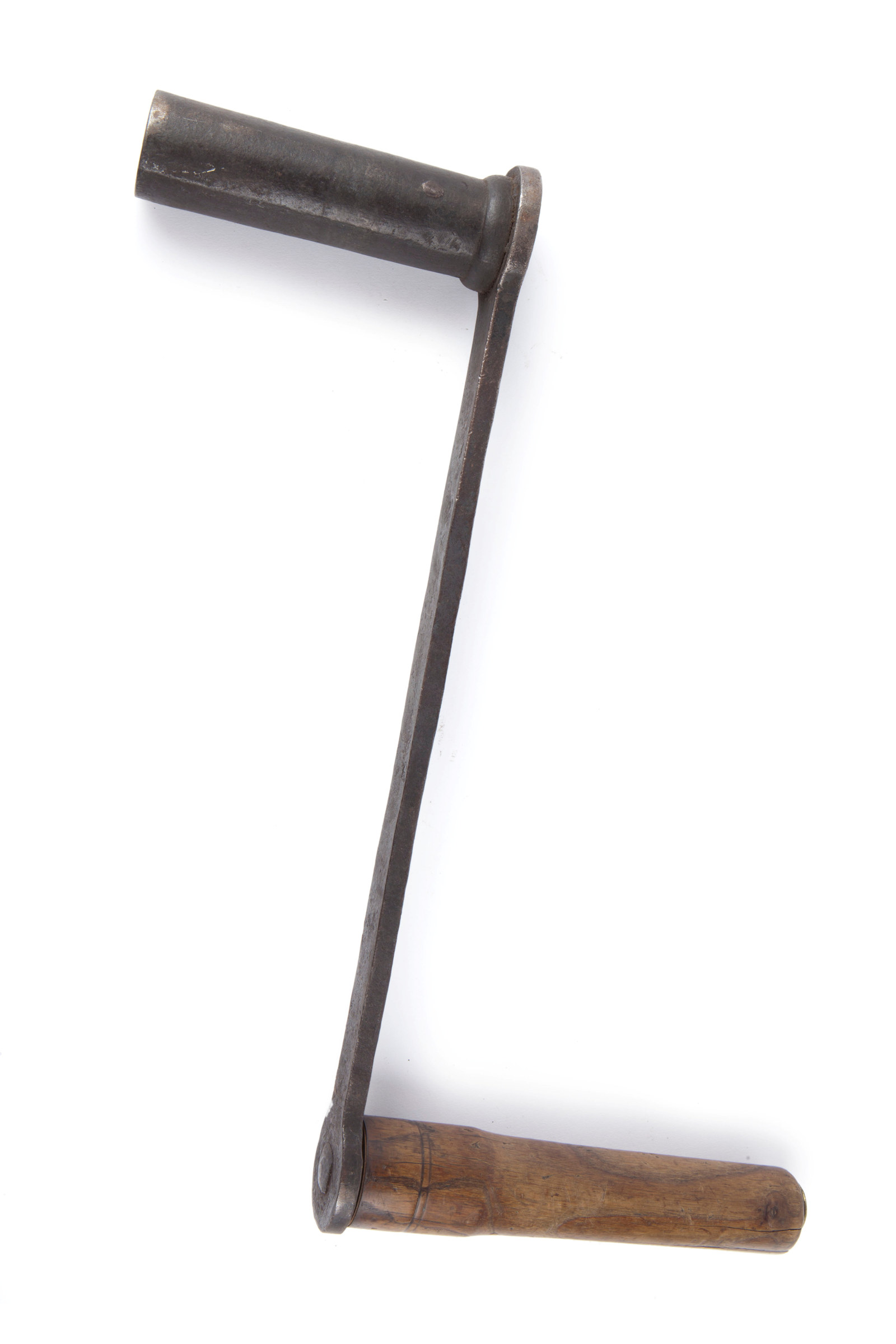
Convict Sydney
Clock-winding crank
This sturdy crank was used for many years to wind the Hyde Park Barracks clock
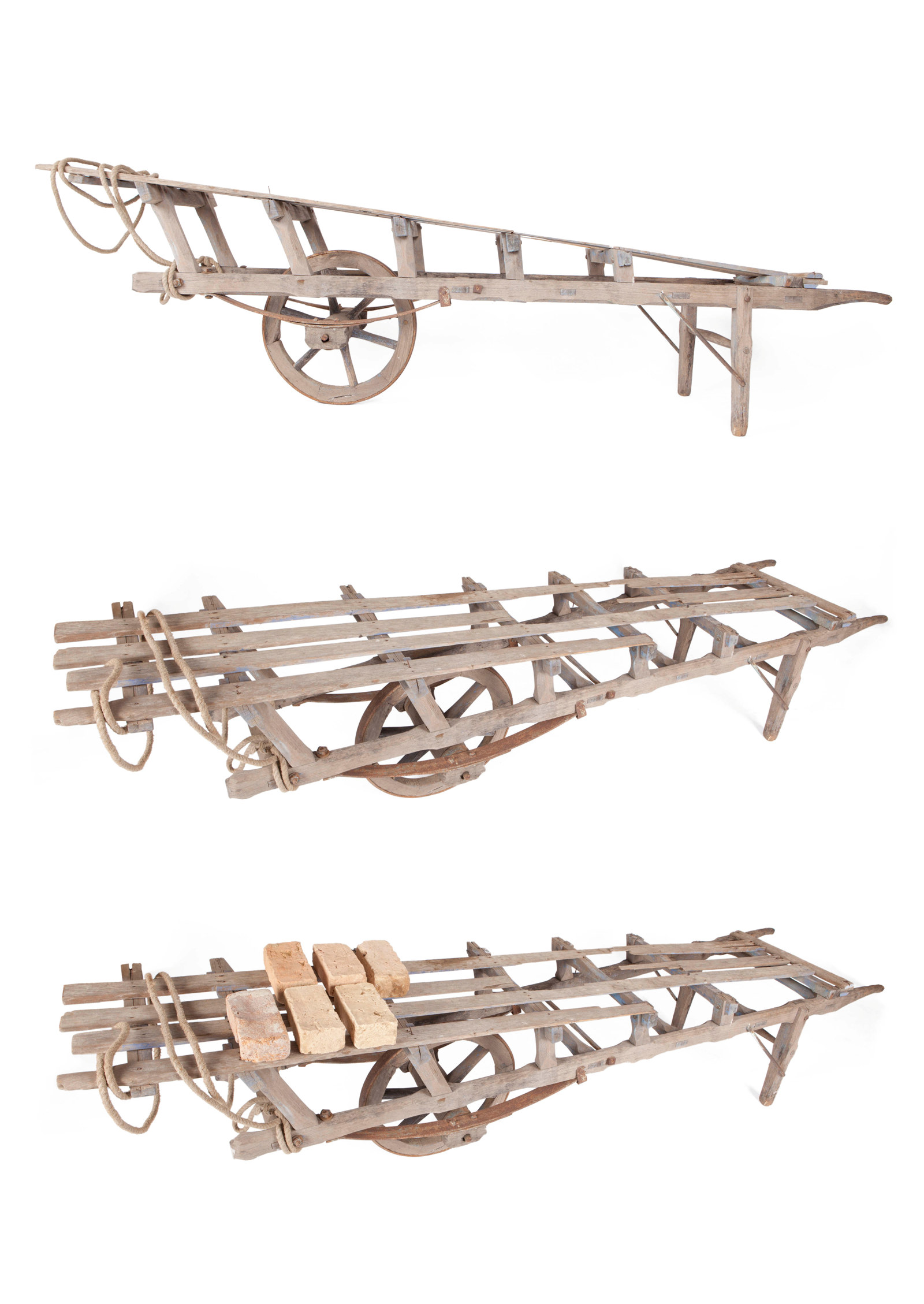
Convict Sydney
Hack barrow
Convict brickmakers working at the Brickfields (now Haymarket) used hack barrows like this one, stacking 20 or 30 wet bricks on the timber palings along the top, for transporting them from the moulding table to the ‘hack’ yard for drying
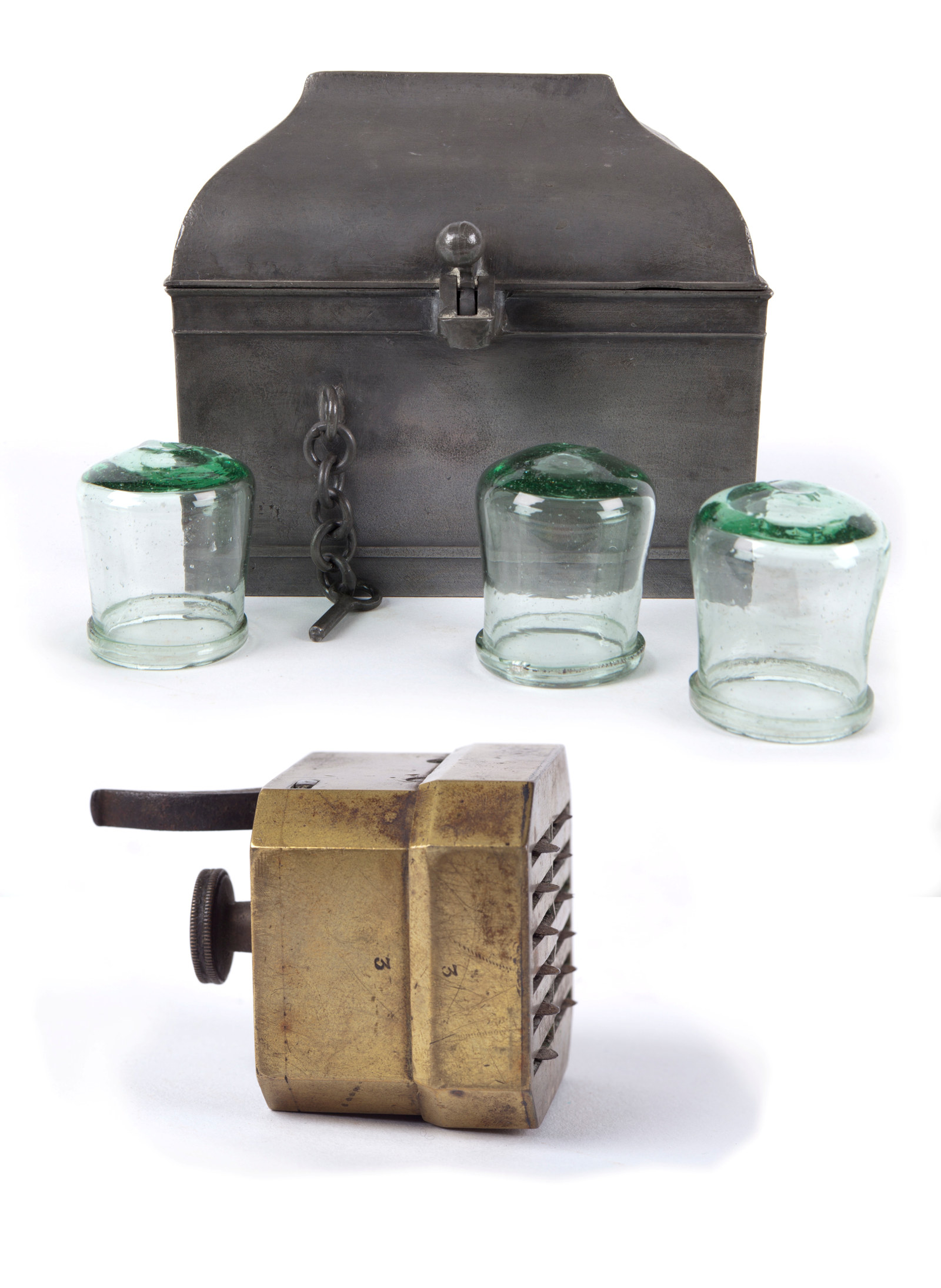
Convict Sydney
Cupping glasses and scarificator
These cupping glasses are of the type that was used in the treatment of convict patients at the General ‘Rum’ Hospital
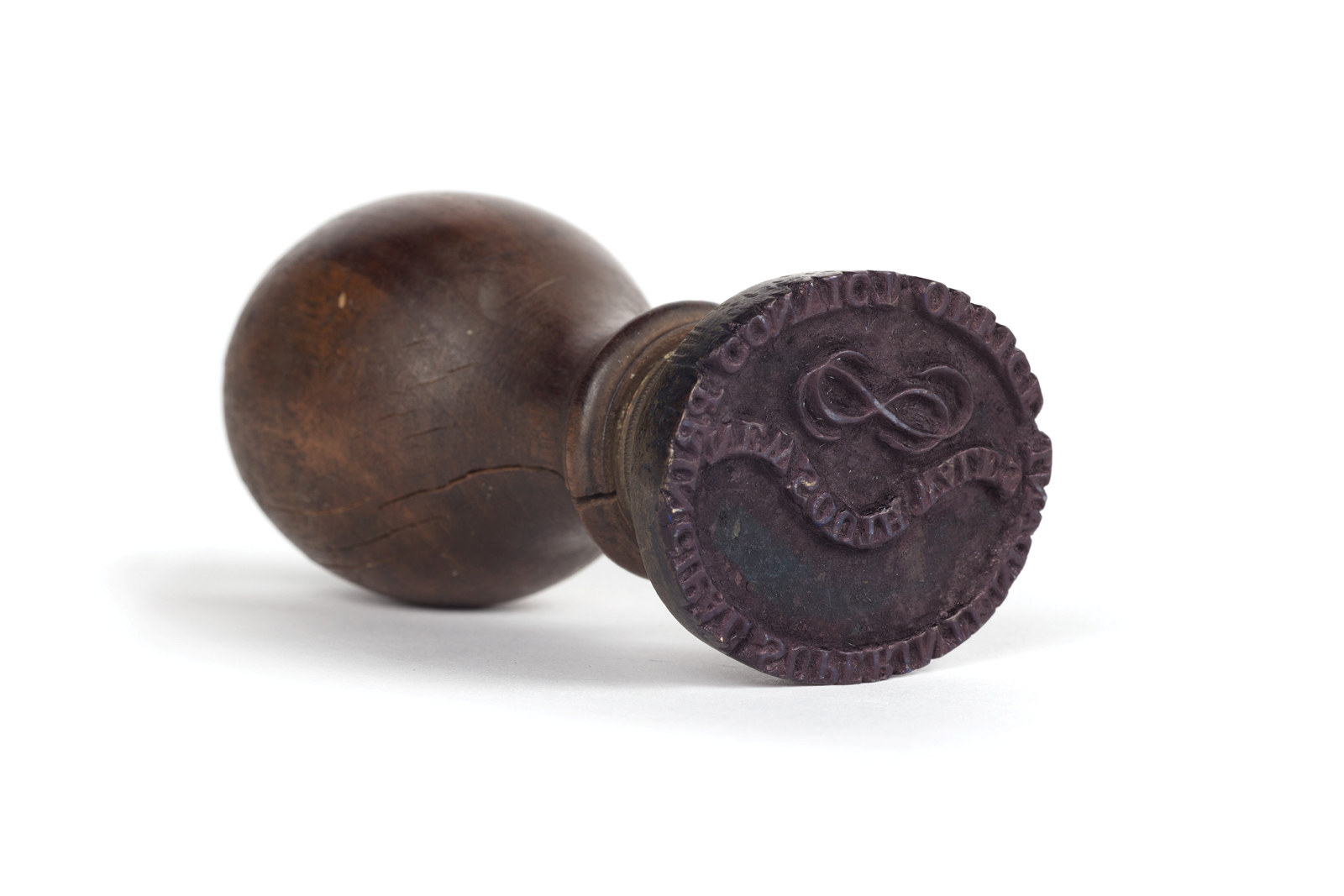
Convict Sydney
Brass stamp
Between 1830 and 1848, the superintendent’s office operated from the Hyde Park Barracks, where this stamp was most likely used on official documents and ledgers
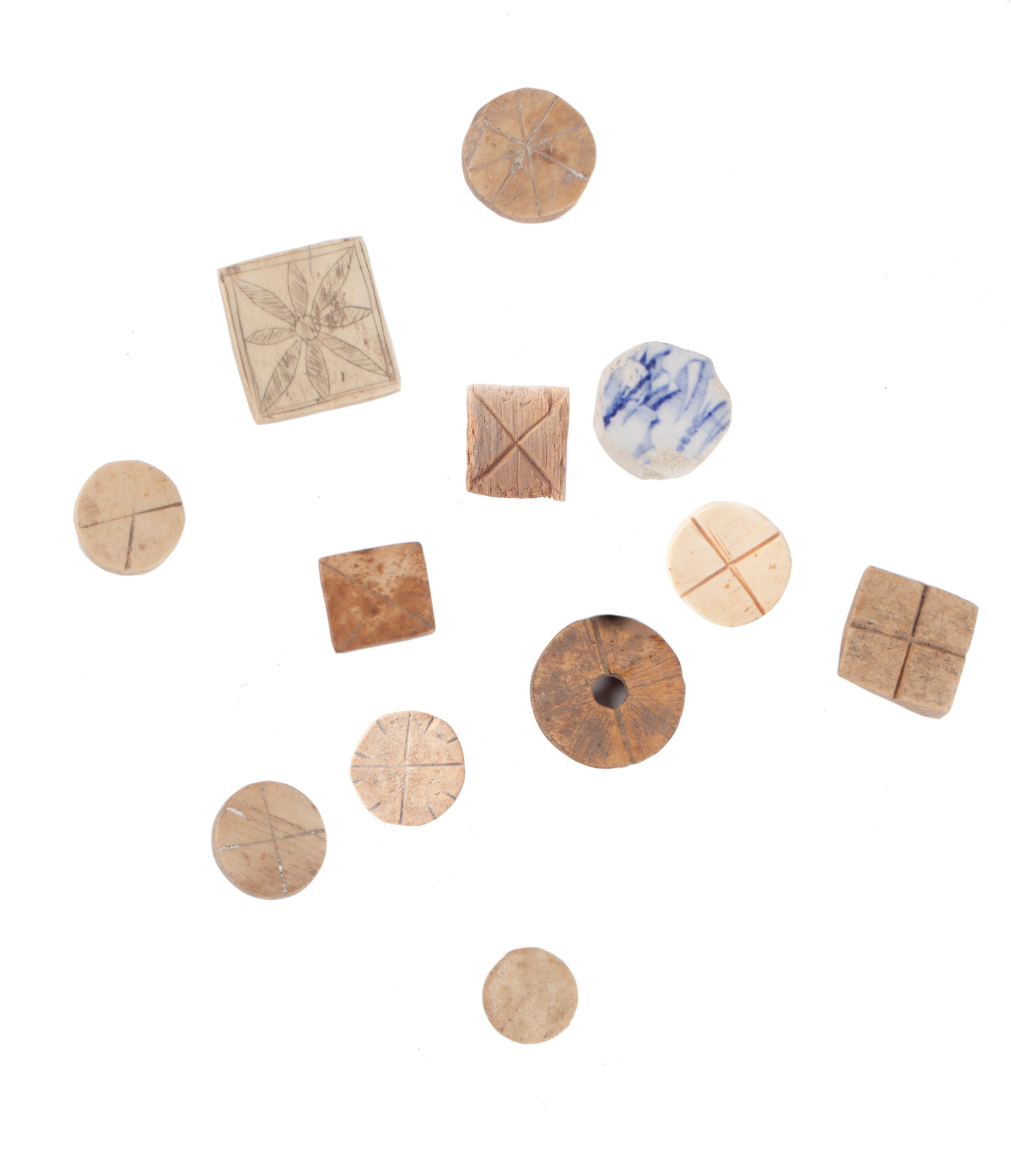
Convict Sydney
Convict gaming tokens
These bone, ceramic and wooden gaming tokens appear to have been hand-carved by convicts from rubbish scraps and animal bones saved from their meals
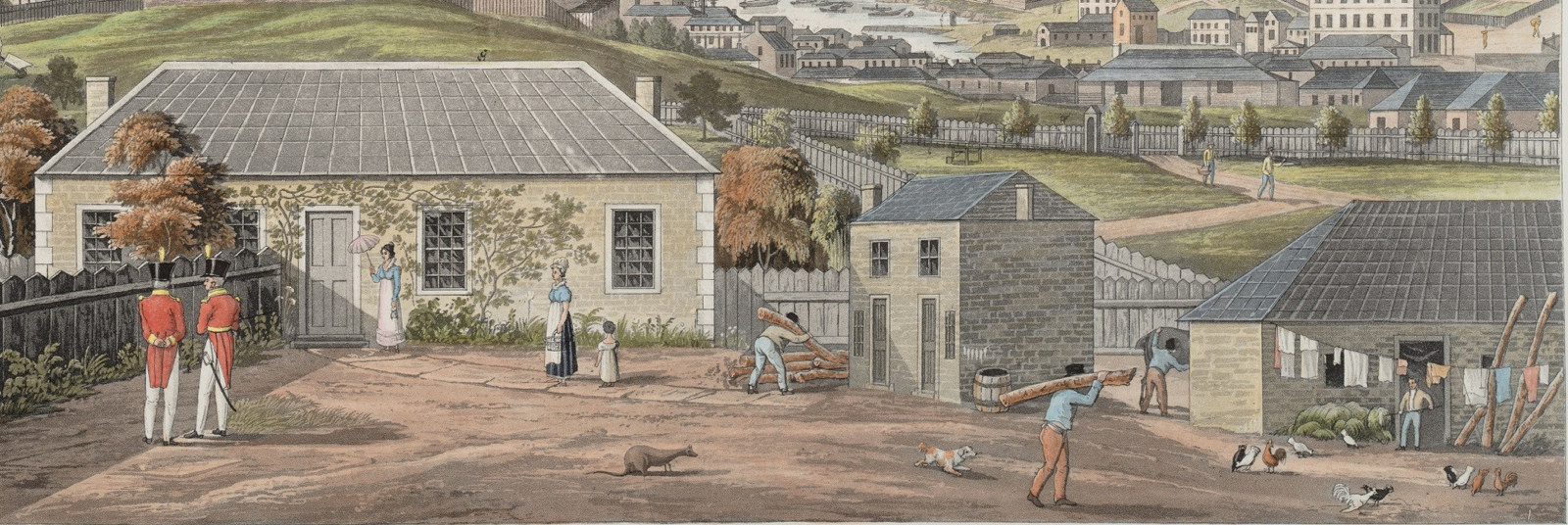
Convict Sydney
What was convict assignment?
‘Assignment’ meant that a convict worked for a private landowner
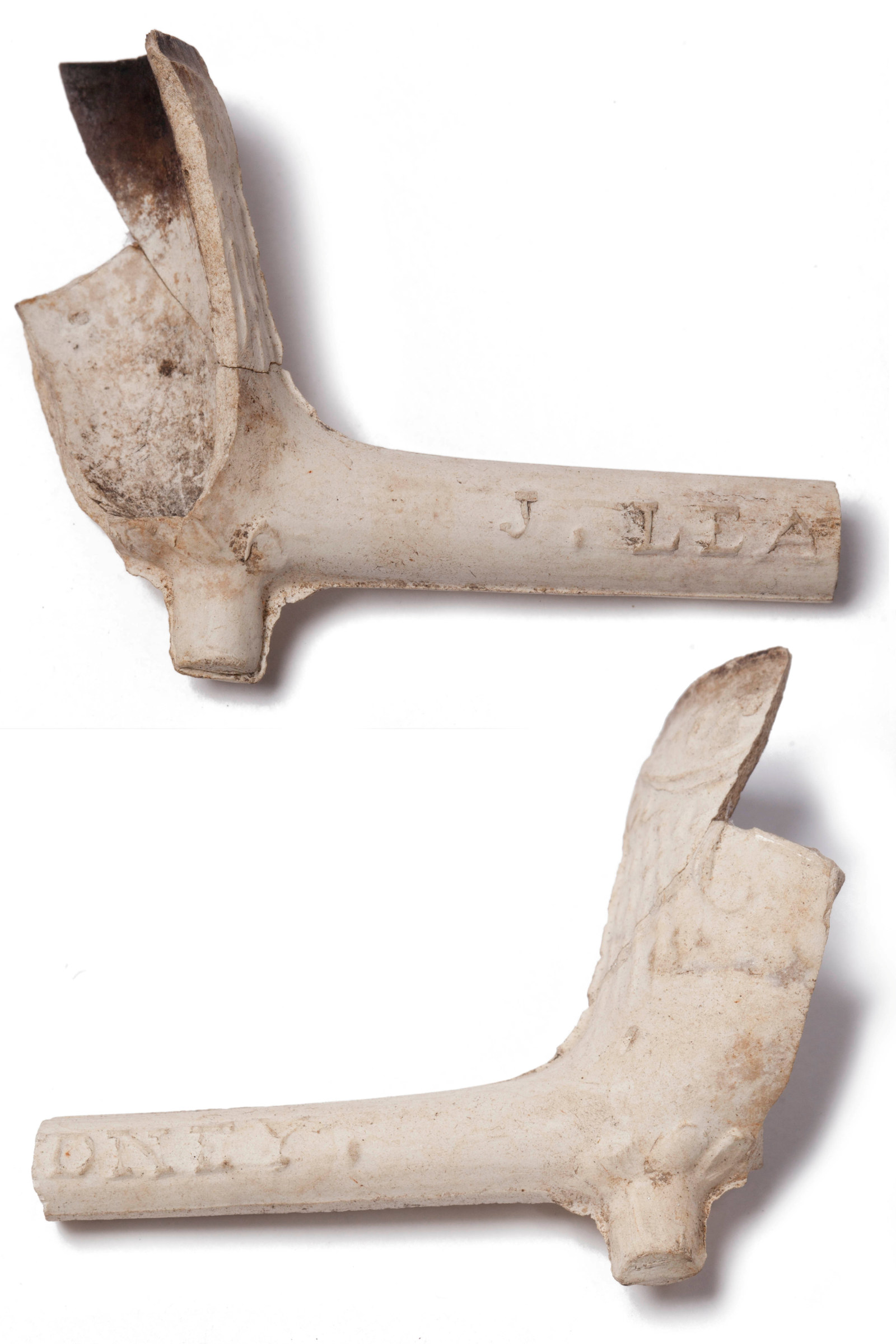
Convict Sydney
Clay tobacco pipe
1,500 fragments of convict-era clay tobacco pipes were recovered by archaeologists from the Hyde Park Barracks
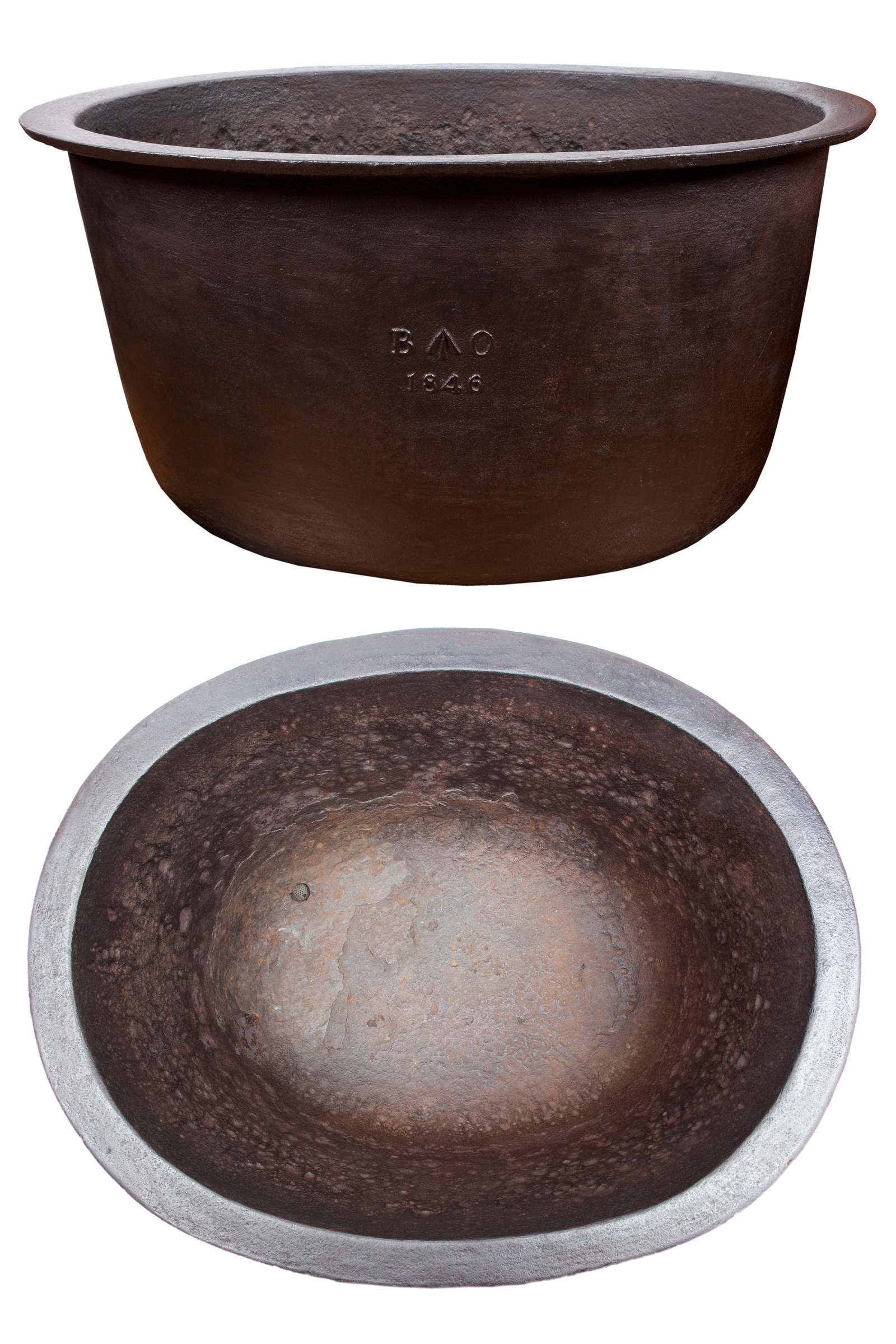
Convict Sydney
Cooking cauldron
The watery stew eaten by convicts at the Hyde Park Barracks was boiled in giant communal cast-iron pots